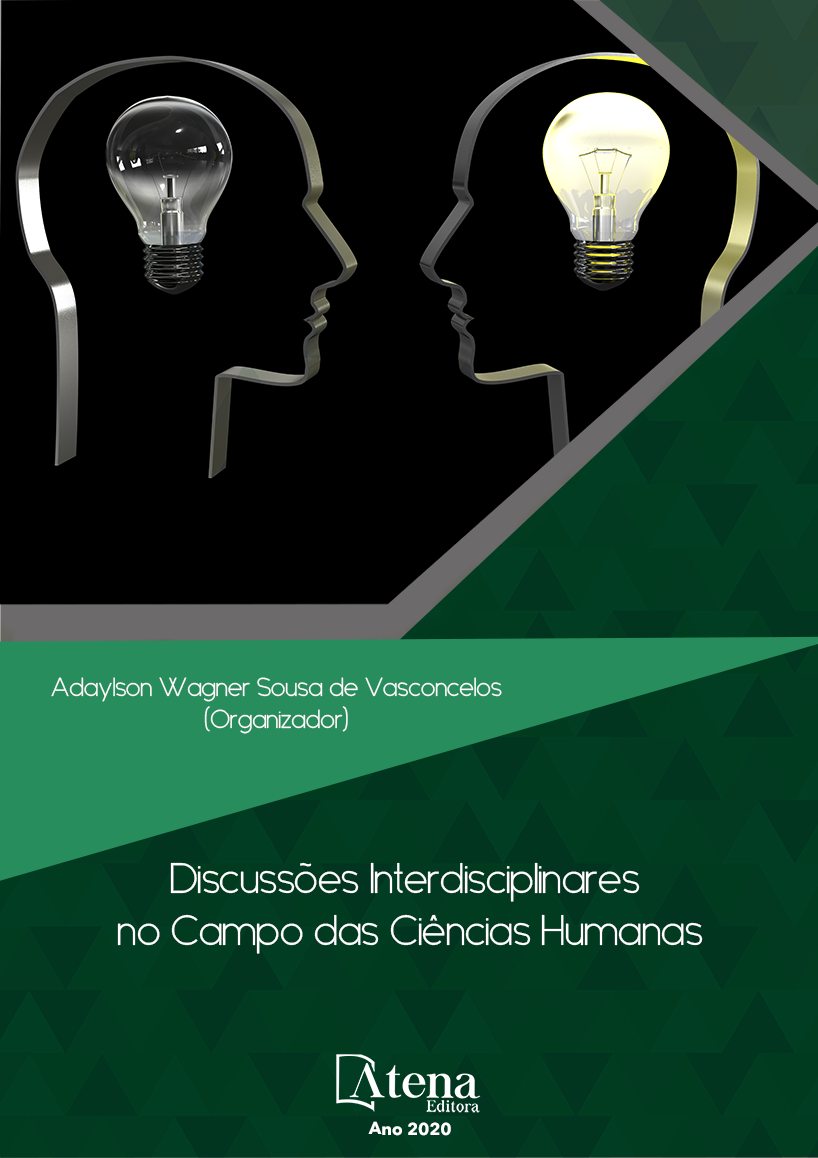
MITOPOIESIS: RELAÇÃO ENTRE DIREITO, FILOSOFIA, RELIGIÃO E ARTES
A presente pesquisa visa verificar a relação co-institutiva e de simbiose entre a Religião, o Direito, a Filosofia e a mitopoética (artes), como pilares fundamentais e domínios contíguos, bem como a religiosidade no Direito e na Filosofia, essencial para se alcançar uma compreensão renovada e crítica do Direito e do humano, de uma perspectiva humanista igualmente inovadora, pela maneira em que ele se associa a estes elementos essencialmente humanos, que são os elementos de ordem poética, ficcional, mítico, religioso. Entende-se que a Filosofia possui diversos elementos em estado de tensão, enlaçando-se em círculos que formam uma só corrente: Doxa, Mythos, Philia, Aporia, Tragödiæ, Zethoumenous, Logos, Agonia, Empeirea. Trata-se, por derradeiro, de postular por uma religião ou religiosidade mitopoética, relacionando-a ao Direito, portanto, resgatando o significado religioso na Antiguidade, quando havia uma preocupação com um saber fundamental, a arte de viver, abrangendo a arte de morrer, que perdurou na fase helenística e romana de forma autônoma, com foco no ser. O Direito possui um caráter sacramental e religioso, que se revela ao exigir um determinado contexto para que surja, de modo devocional, reverente, ritualístico, mimético, por mítico-religioso, relacionando-se pois também aos mitos e a mitopoética, vistos, por sua vez de forma indissociável das práticas mágicas, já que o Direito também está repleto de mitos, ritos e atos performáticos. Relaciona-se, outrossim, com as artes, já que poiético, ante a seu caráter imaginário (Willis S. Guerra Filho), dependendo da criatividade e de sua constante renovação, característica essencial das artes.
MITOPOIESIS: RELAÇÃO ENTRE DIREITO, FILOSOFIA, RELIGIÃO E ARTES
-
Palavras-chave: Mitopoética. Tragédias gregas. Religiosidade. Filosofia. Mitopoiesis
-
Keywords: Mitopoetics. Greek tragedies. Religiosity. Philosophy. Mitopoiesis
-
Abstract:
This research aims to verify the co-institutional and symbiosis relationship between Religion, Law, Philosophy and Mitopoetics (arts), as fundamental pillars and contiguous domains, as well as the religiosity in Law and Philosophy, essential to achieve a renewed and critical understanding of law and the human, from an equally innovative humanist perspective, in the way in which he associates himself with these essentially human elements, which are the poetic, fictional, mythical, religious elements. Philosophy is understood to have several elements in a state of tension, intertwining in circles that form a single stream: Doxa, Mythos, Philia, Aporia, Tragödiæ, Zethoumenous, Logos, Agonia, Empeirea. Finally, it is about postulating for a mythopoetic religion or religiosity, relating it to the Law, thus rescuing the religious meaning in antiquity, when there was a concern with a fundamental knowledge, the art of living, encompassing the art of dying. , which lasted in the Hellenistic and Roman phase autonomously, focusing on the being. The Law has a sacramental and religious character, which reveals itself by requiring a certain context for it to appear in a devotional, reverent, ritualistic, mimetic, mythical-religious way, thus also relating to myths and mythopoetics, seen by in turn inseparable from magical practices, since the Law is also full of myths, rites and performing acts. It is also related to the arts, since poetic, before its imaginary character (Willis S. Guerra Filho), depending on the creativity and its constant renewal, essential characteristic of the arts.
-
Número de páginas: 15
- Paola Cantarini


